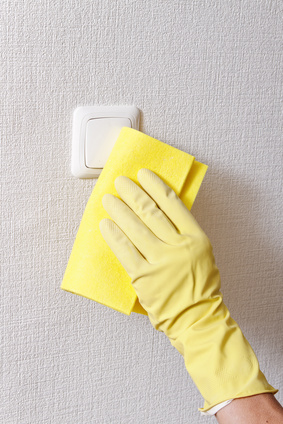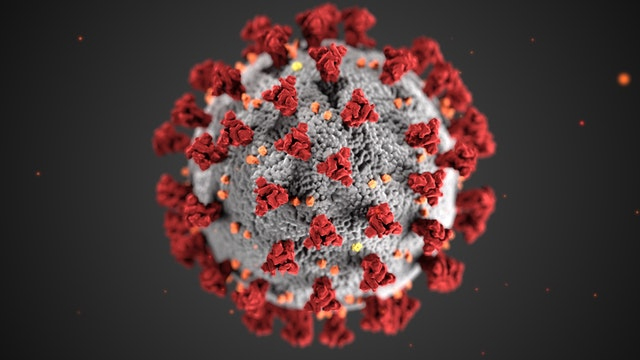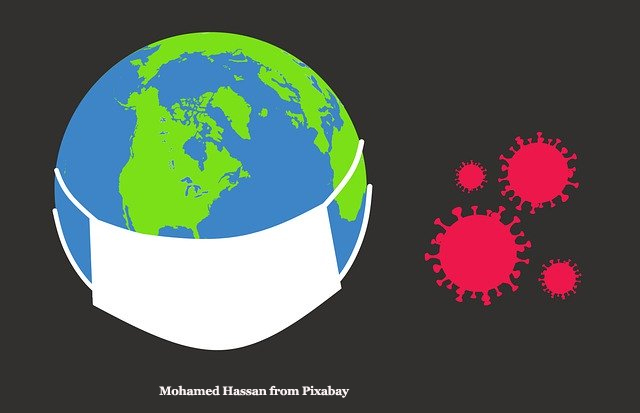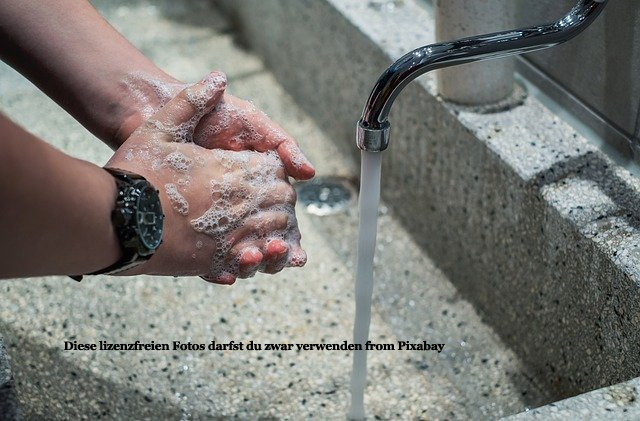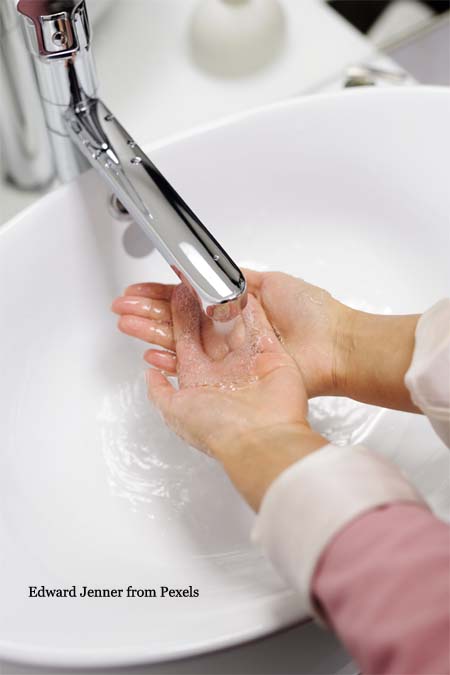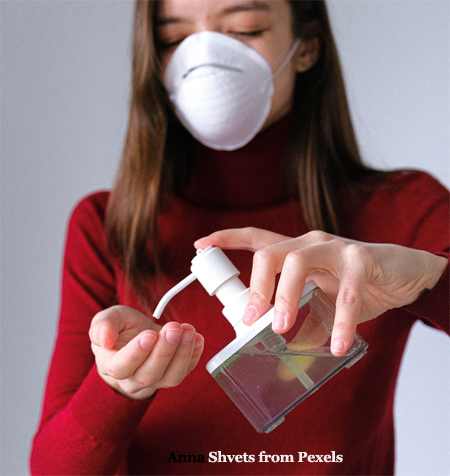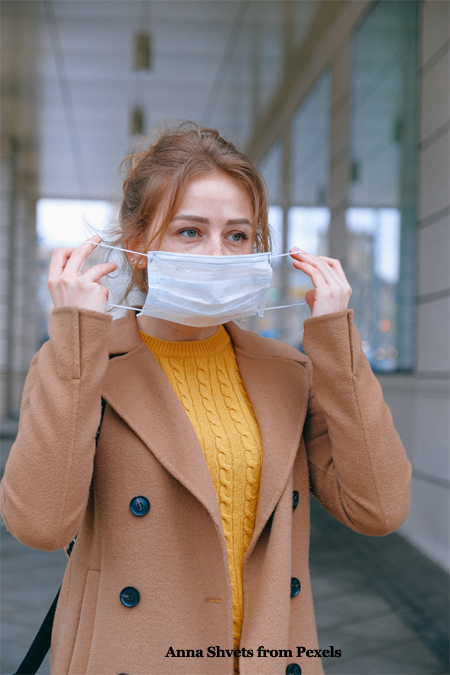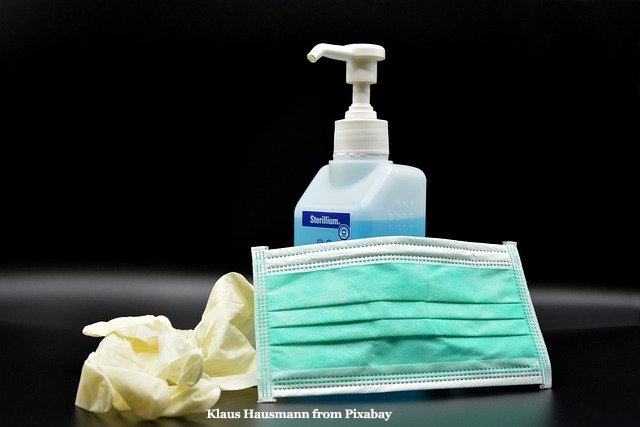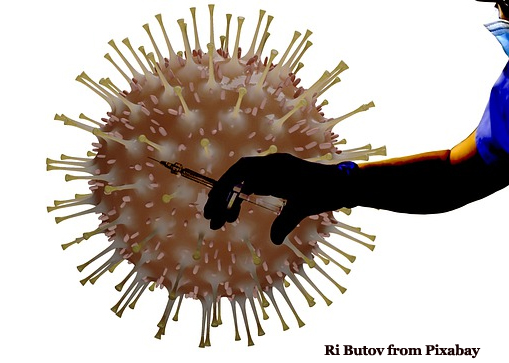COVID-19 SURFACE SURVIVAL
A NEW STUDY ABOUT
COVID-19 SURFACE SURVIVAL
A new research study about COVID-19 surface survival from the Australian Centre for Disease Preparedness has suggested that the virus can survive on surfaces for up to 28 days! (as per November 2020)
But what about research from the New England Journal of Medicine from the early days of the pandemic which suggested that the SARS-CoV-2 virus could survive on hard surfaces for up to three days but for much shorter times on certain other surfaces such as copper and cardboard? For anyone worrying about survival of the virus outside the body, the standard was set for three days.
As suggested by this study, if viruses can stay much longer on surfaces than previously thought, does this imply that even the most meticulous person could possibly come into contact with some of that virus during normal activities?
AN IMPORTANT DETAIL
WAS LEFT OUT...
An important detail that was left out in this COVID-19 surface survival report was that the research was done under ideal lab conditions and, as we know, these can differ greatly from everyday life.
In labs, the researchers will spray a virus-containing solution onto a surface and repeatedly measure for traces of the virus on the surface until no more virus can be detected. It is likely that in these types of controlled situations, viruses would survive for much longer than they would in the real world.
The researchers already knew that factors such as heat and UV light could speed up viral degradation so they also tried to control for these factors in their experiment, even to the point of keeping the samples on different surfaces in incubators to keep them at a constant temperature. Also not reported was that the experiments were carried out entirely in the dark!
FOMITE TRANSMISSION OF VIRUSES
Fomites are inanimate objects or materials which are likely to carry infection, such as clothes, utensils, furniture, and hard surfaces in the home or business environment.
An example of a fomite transmission would be if someone has COVID-19 and coughs into their hands and then touches a doorknob. If someone comes by and touches the same doorknob and then touches their face, they introduce the virus into their nasal cavity and that is one way a person can be infected by fomite transmission.
How much COVID-19 is spread in this way is somewhat unclear, but it obviously must happen as evidenced by the fact that hand washing is known to be one of the most effective ways of stopping the spread of any disease.
HOW THE VIRUS SPREADS
IS WHAT MATTERS
There is a general scientific consensus that most respiratory viruses are spread from person to person by way of the respiratory droplets that are expelled from our nose and mouth every time we talk, laugh, breathe, cough, etc.
However, it is true that there is still an ongoing debate about how far
these respiratory droplets can travel and how long they can linger in the air. Transmission by these droplets no matter how far they can travel and long they can linger makes it very important for us to maintain social distancing and wear a mask. This should be the case until more research can be done and/or a reliable vaccine can be developed and distributed.
WHAT IS IMPORTANT TO REMEMBER ABOUT COVID-19 and
SURFACE SURVIVAL?
It is MOST IMPORTANT to remember that viruses cannot replicate outside a host.
If left on an inert surface, they will simply die off after awhile, although how long that takes depends on the conditions in the environment. In a real-world situation, the likelihood that a virus will survive for very long outside the body is probably low. It seems that COVID-19 transmission via contaminated surfaces is probably not a major source of infection.
At this time, most experts agree that most viral infections, especially COVID-19, are probably transmitted from person to person. So it is still extremely important to wash our hands, keep our distance, and wear a mask.
Please note: Information in this article was used with permission from the McGill Office for Science and Society.
Top of COVID-19 Surface Survival
"The Cleanest Clean You've Ever Seen."
by
ABC Oriental Rug & Carpet Cleaning Co.
130 Cecil Malone Drive Ithaca, NY 14850
607-272-1566
